The two previous posts provide an interesting introduction to the Canadian Surface Combatant capability issue. Where Hansen suggests the survivability of medium-sized warships against modern weapon systems is questionable, the post showing the analysis of modern frigates shows that 10 out of 10 of the world's dominant navies have all decided to procure medium-size frigates in any case. Eight out of ten of these frigates are in the 5,300 to 6,900 ton range. These frigates will likely be the most numerous of those navies’ combatants.
Three things seem to be driving these hefty frigate sizes. The first seems to reflect the need to survive the better than 25% chance a modern anti-ship missile will get through under the “alerted” conditions the first post raises. Thus all ten of the frigates in the analysis have at least a two and sometimes three layer air defence system (usually a close in weapon system, a short to medium-range missile, and often a long-range missile) for defence in depth. This is backed up by almost universal 3-D capable search radars that can quickly detect and hand over incoming airborne threats to their missile systems. Being “alerted” also seems to involve a near mandatory fitting of electronic warfare systems both active and passive to detect and then confuse the attacking missiles’ sensors.
The second reason for the size and capability increase in the 10 frigates is a desire to provide as much of a general purpose capability as possible. Thus, competent antisubmarine warfare and anti-surface capabilities reside in each of these frigates as well as the fully developed air defence capabilities just discussed. Some also move well beyond a self-defence capability and offer the ability to provide a long range air defence that protects other ships, a land attack fit or a potential ballistic missile defence capability.
The third reason is long-standing and this reflects the fact that ship designers must necessarily devote a large amount of space and weight to the “float” and “move” function (machinery fuel etc) in addition to these weapons and sensors ships (the “fight” function). As Phillip Pugh has pointed out in “The Cost of Seapower” small ships necessarily have less room for the “fight” function as the “float” and “move” functions are to some extent constants. He declares smaller ships less cost effective as a result. He also argues smaller ships are more complex and expensive on a per ton basis. He concludes “Other things being kept equal, a smaller ship costs more per ton to build, a smaller proportion of its cost contributes to its fighting capacity and more of this reduced in fighting capacity has to be devoted to its own defence leaving less to contribute to the effectiveness of the fleet….”
The only Navy that initially strayed from this trend has been the USN with its Littoral Combat Ship. This ship could be focused on anti-surface warfare, antisubmarine warfare , or mine countermeasures according to which moveable warfare module it received when deployed. For many of the reasons stated above, however, its small size, its want of a layered air defence system, and its lack of a general purpose capability are starting to prove its undoing. This saga has lessons for Canada.
Initially planned for 52 hulls in two designs, in February 2014, Secretary of Defence Hagel declared we wished a more general purpose capability:
Certainly the LCS’ single, very short range air defence missile and minimalist electronic warfare suggested a very weak anti-missile capability. It also soon became clear that the vessel, while capable of the presence function, would require other US warships to defend it. Perhaps, as a result, SECDEF further argued he wanted a “capable and lethal small surface combatant, consistent with the capabilities of a frigate.” He cut the LCS buy to 32, but the Navy argued it could improve the LCS to frigate-like capability by adding a wide range of new or upgraded warfare sensors and weapons including an upgraded 3-D air search radar. The hyperlink shows a good diagram of the considerable modifications needed to get that frigate-like capability. Hopes that this could keep the LCS buy back up to 52 ships failed and the new Secretary of Defence authorized but 40.
A very sobering earlier report also suggested the entire LCS concept needed a review based on fatigue and maintenance problems from its very small crew: “Crews tend to be exhausted after only three days of normal operations and soon begin to perform poorly.”
Not surprisingly, the LCS question boiled down to a capability versus numbers decision. The original LCS’ low build costs, small crews and large numbers (52) provided the needed presence the USN sought overseas to reassure its allies.However, the US government ultimately decided in favour of more warfighting.
This plan reduces, somewhat, the number of LCS available for presence operations, but that need will be met by higher-end ships, and it will ensure that the war fighting forces in our submarine, surface, and aviation fleets have the necessary capabilities and posture to defeat even our most advanced potential adversaries
The Canadian Surface Combatant design will have to undergo the same ‘presence vs capability’ assessment. The examples of our allies’ and our adversaries’ frigates suggests a strong case for high capability general purpose frigate in the 5,300 to 6,900 range.

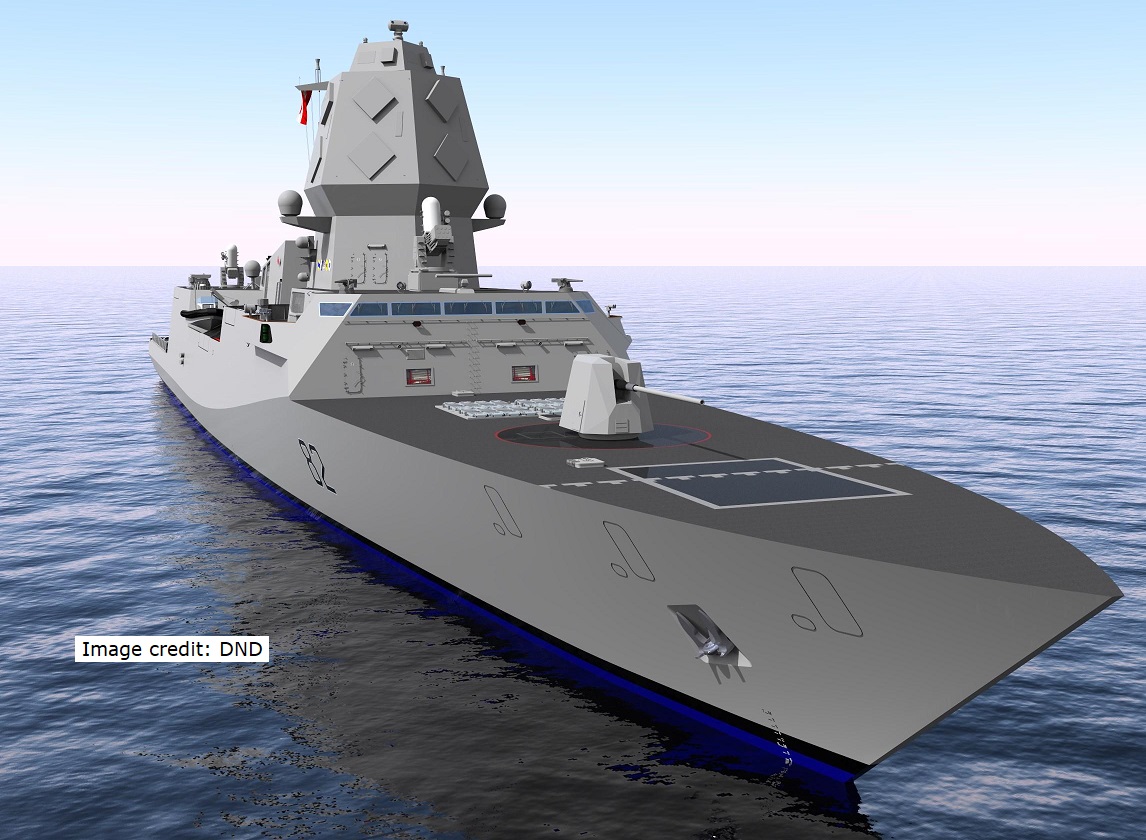
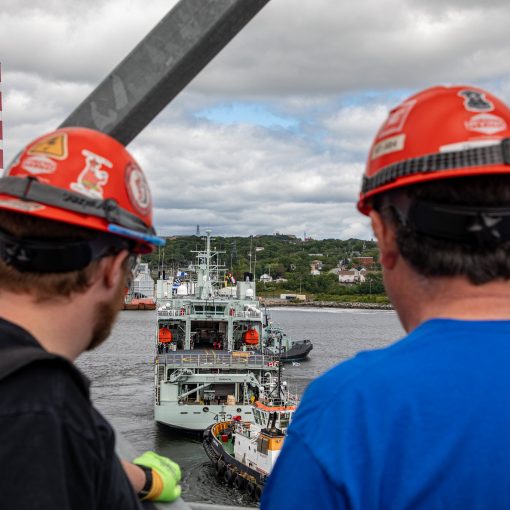
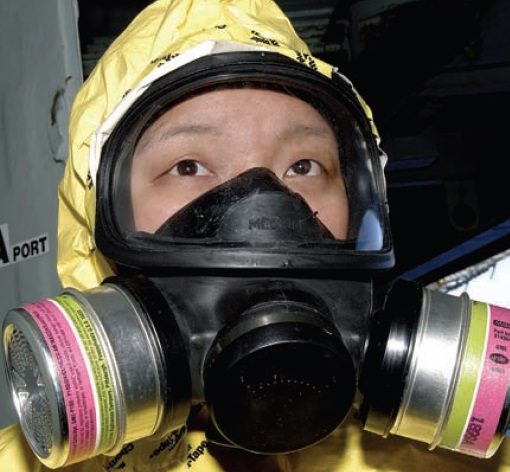
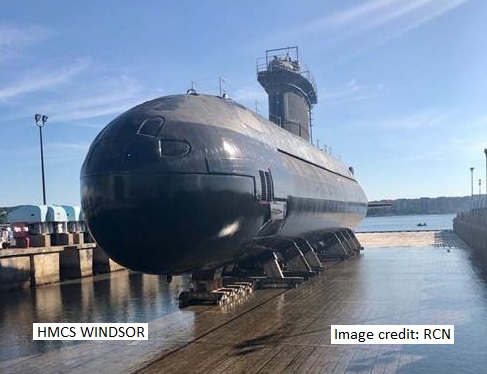
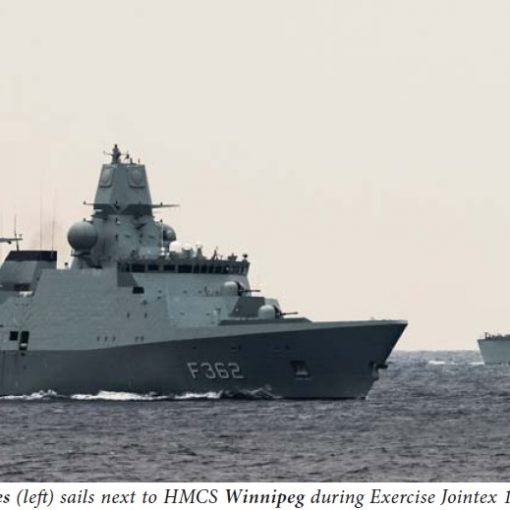
3 thoughts on “More Thoughts on the Canadian Surface Combatant”
Our primary responsibility, in new construction, is to provide a ship that our young men and women can meet the mission requirements and have a reasonable chance of survival in a combat situation. It is first necessary to realize that a 6K ship is a one strike platform. It can fight until hit with one missile and then might be able to withdraw to repair and save what is left of the crew. Therefore we need ships that can fit into a bigger force and preform in a useful manner for that force. In real life we need to fill a requirement for a NATO Battlegroup. That means ships that can be converted to different missions as required. The USN provided a template for this with the Spruance Class Destroyer. They built empty hulls and then filled them with systems for various missions right up to the cruiser level. The world is not getting easier to live in and we can’t buy what we need from Canadian Tire when needed, so we must get on with the next generation of surface combatents. Lets try to get it right this time. Paul Cadeau CDR RET.
Good analysis of size requirement. Let’s hope the RCN CSC Requirements staff finds the time to read it. Notwithstanding the AAW/Command reqmts for 3 hulls, naturally the expectation for the remainder is a general purpose vessel of approx 6500 t. Suggest a discussion on the criticality of speed for the baseline CSC platform. Is the reqmt based on potential threat scenarios or employment considerations? Is 30 plus kts a must have? Is that a requirement on commissioning, at mid-life, at end-life or ??
The requirements for the CSC were finalized by the RCN some time ago, subsequent to that they have been subjected to third party review – more than once – and undoubtedly will be adjusted somewhat. The rubber will hit the road when Irving and the GOC attempt to rationalize these requirements with funding realities. Perhaps we should be discussing how the acquisition process might be adjusted – for example the lump sum bill now being debated is eye watering and given that it covers decades covering a series of governments almost irrelevant. Lets get on with planning to build a couple flights of three – something a government can comprehend and act on.